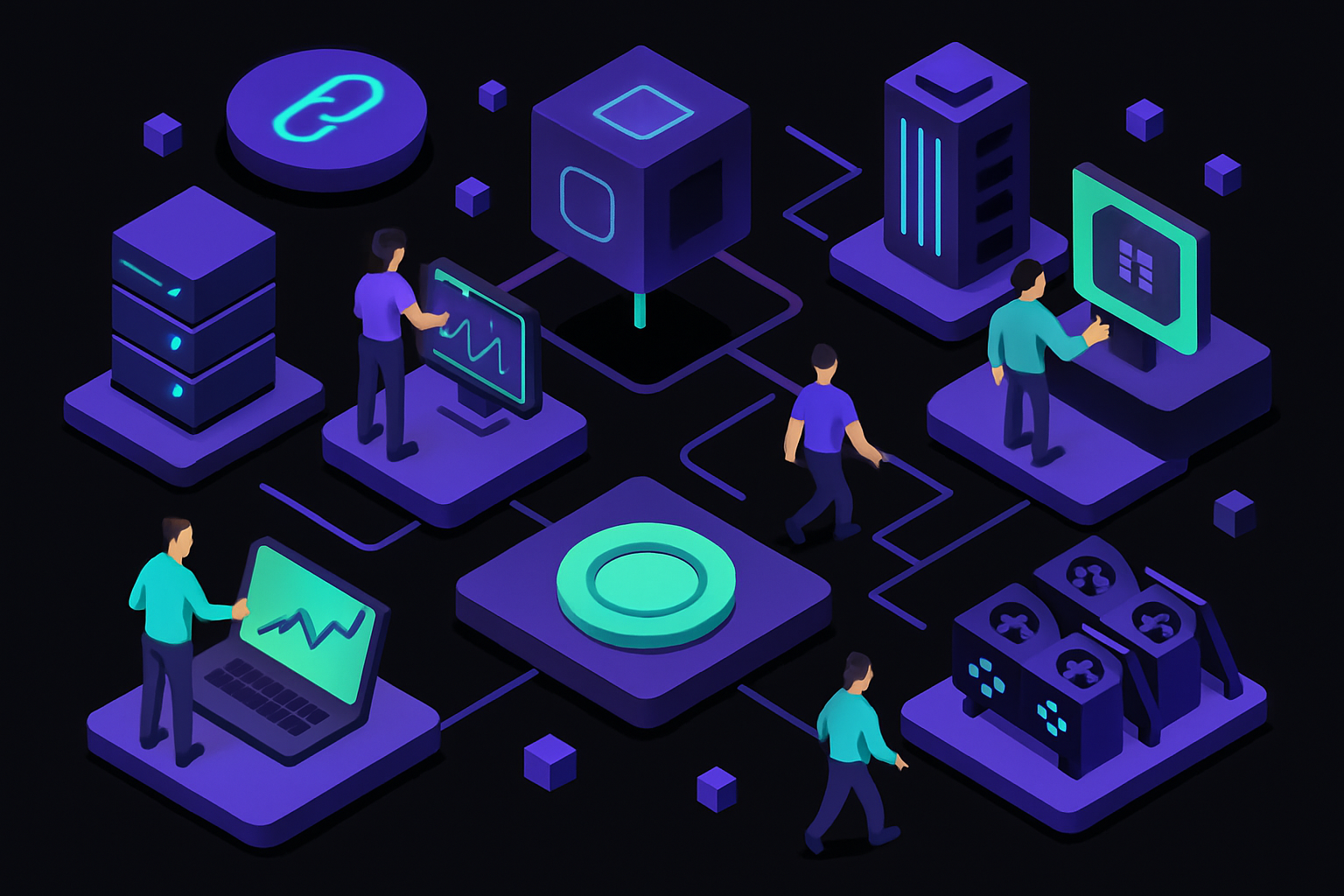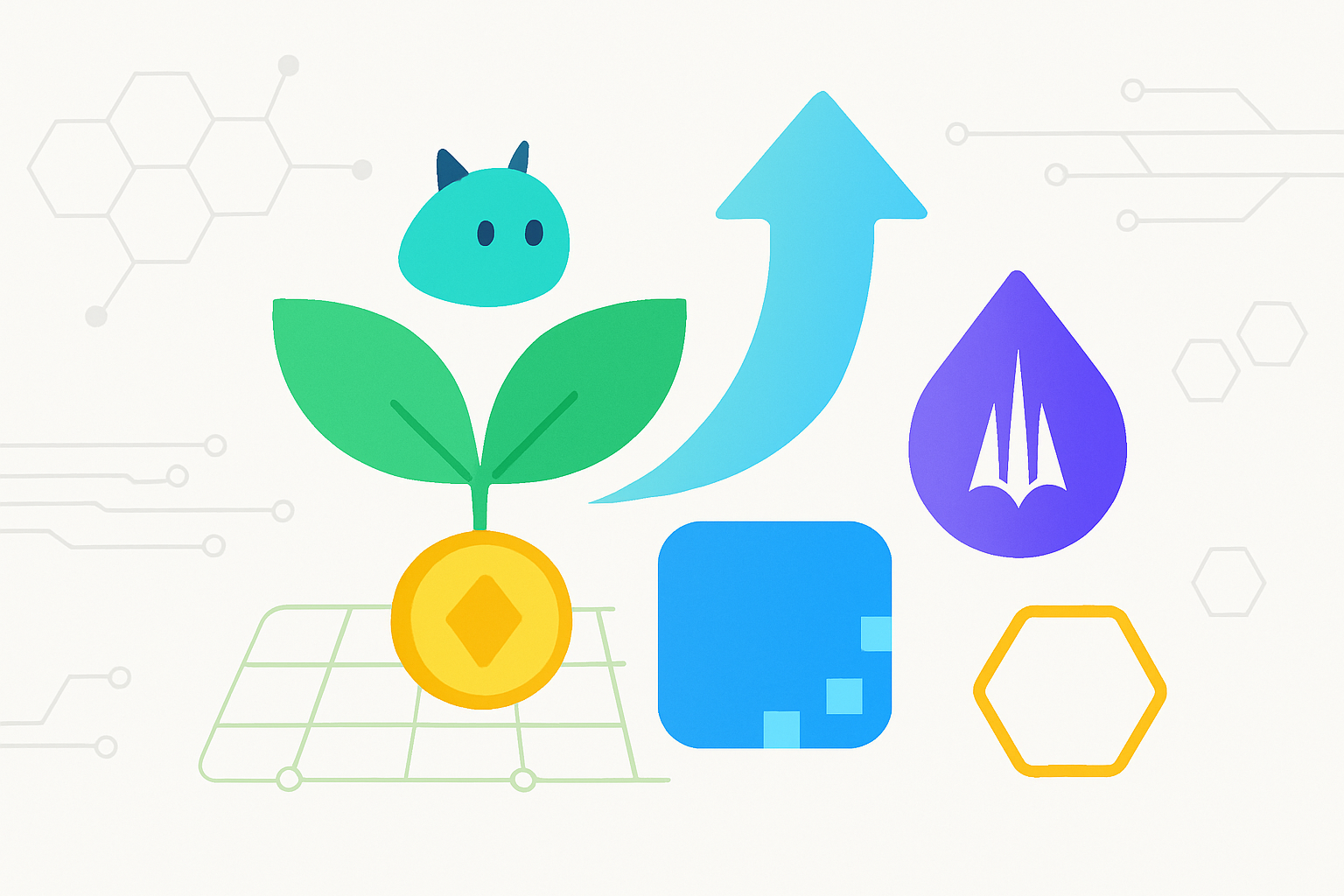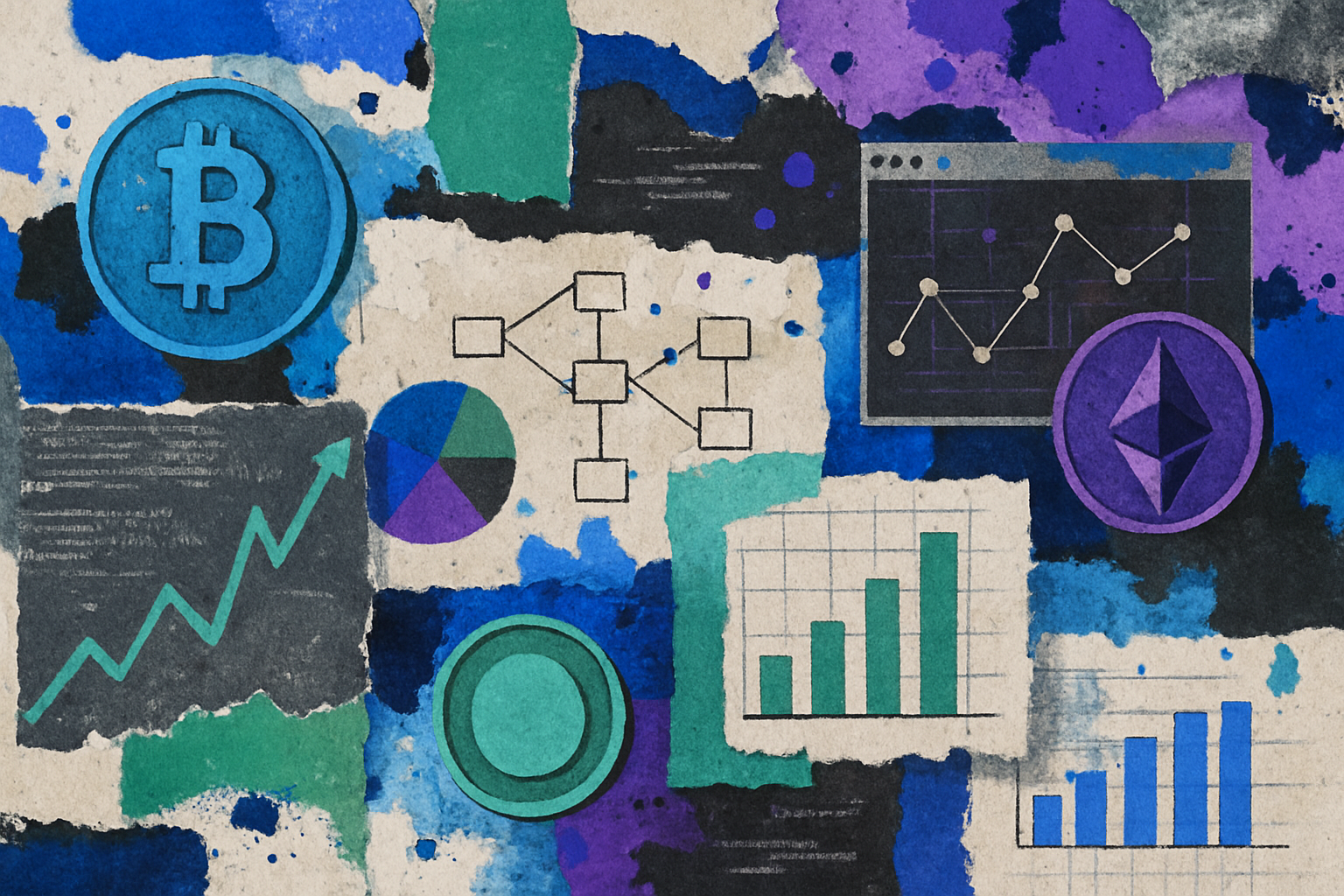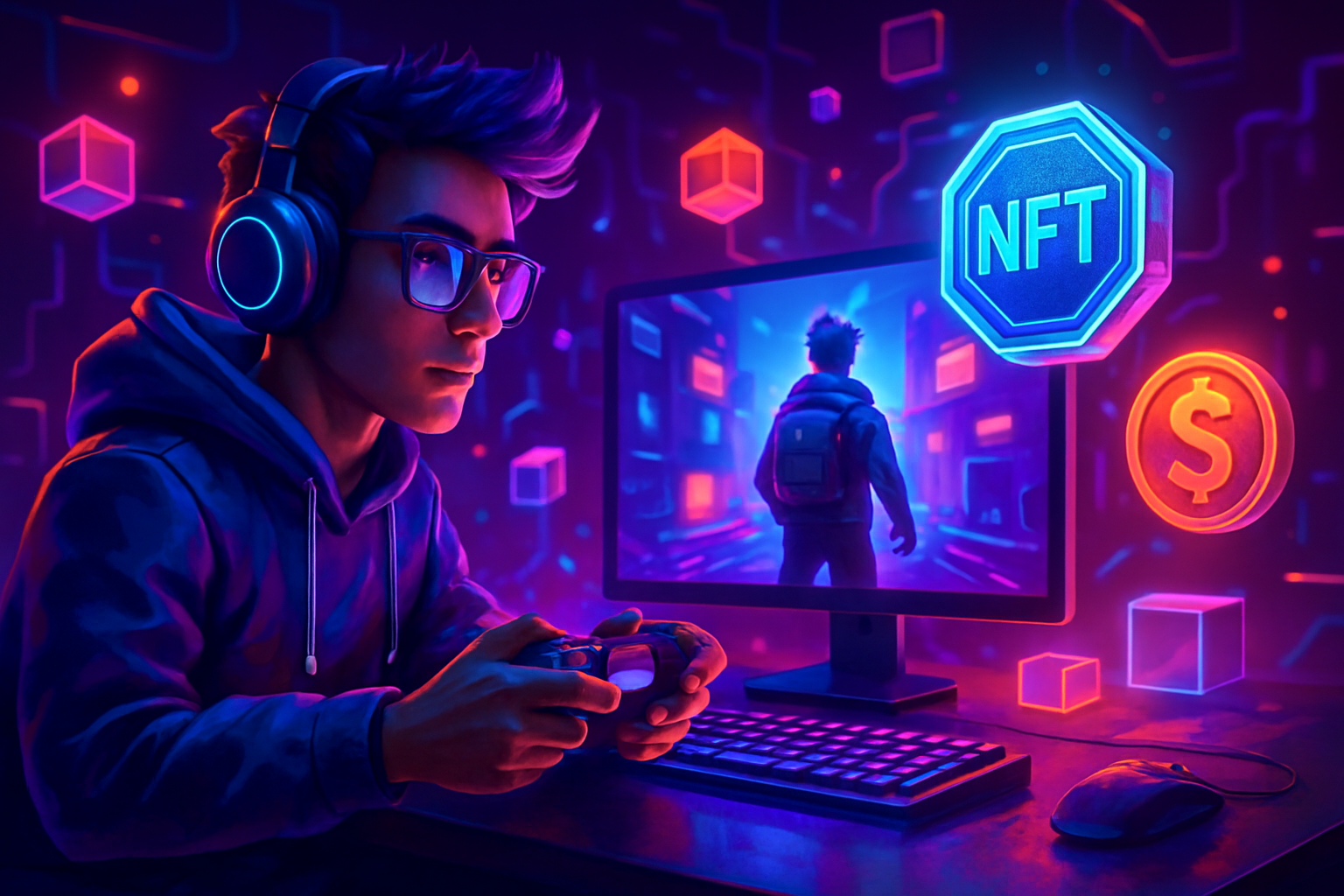
In 2024, play-to-earn NFT games are no longer just a crypto niche, they’re the beating heart of virtual economies, actively blurring the lines between gaming and real-world finance. If you’ve ever dreamed of earning actual income by leveling up, trading loot, or building virtual empires, this is your era. Let’s break down how P2E games are upending the status quo and why everyone from casual gamers to global investors is paying attention.

The Rise of True Ownership in NFT Virtual Economies
For decades, in-game assets were locked behind walled gardens, your rare sword or legendary skin was valuable only inside one game. In 2024, blockchain-powered P2E titles smashed those walls. Players now have true ownership of their digital assets as NFTs (non-fungible tokens), which can be freely traded or sold on open marketplaces for real-world value.
This shift isn’t just technical, it’s economic. Take The Sandbox, where players buy land as NFTs, customize it with user-generated content, and rent or sell it for profit. In Q1 2023 alone, over 10,000 new experiences launched using The Sandbox’s Game Maker tools and secondary markets for user-generated assets saw transaction volumes of 150,000 per month (source). That’s a creator economy firing on all cylinders.
Migration to Dedicated Gaming Blockchains Fuels Growth
The early days of NFT gaming were shackled by Ethereum’s high gas fees and slow transactions. Fast forward to 2024: more projects are migrating to dedicated gaming blockchains (think Immutable X or Polygon Supernets), which means faster gameplay and lower costs for everyone involved. One flagship game reported a staggering 60% increase in unique active wallets within two months after moving to a layer-specific network (source).
This scalability unlocks new types of gameplay, massive multiplayer events, dynamic economies that react in real-time, and makes onboarding easier for newcomers who might be intimidated by crypto complexity.
Top Benefits of Dedicated Gaming Blockchains for P2E NFT Games
-
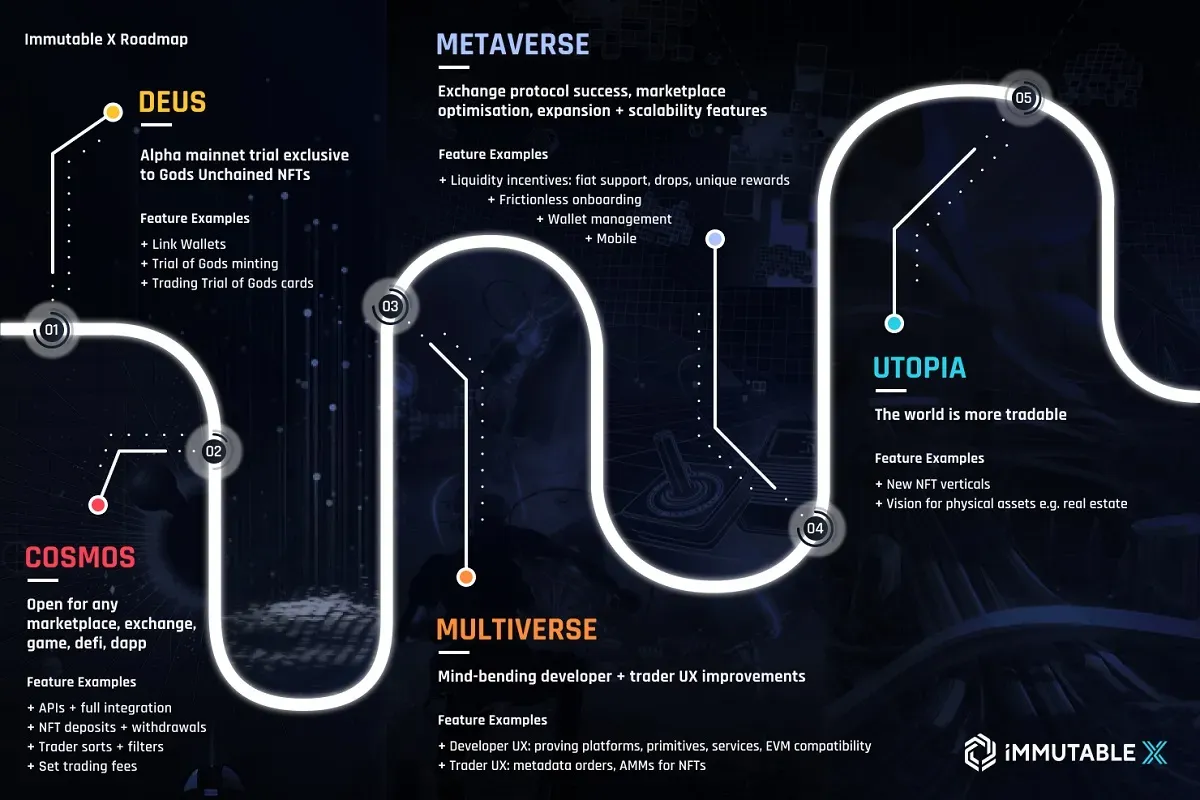
Improved Scalability and Lower Fees: Dedicated gaming blockchains like Immutable X and Polygon offer high throughput and near-zero transaction fees, letting players trade NFTs and claim rewards without costly gas fees.
-
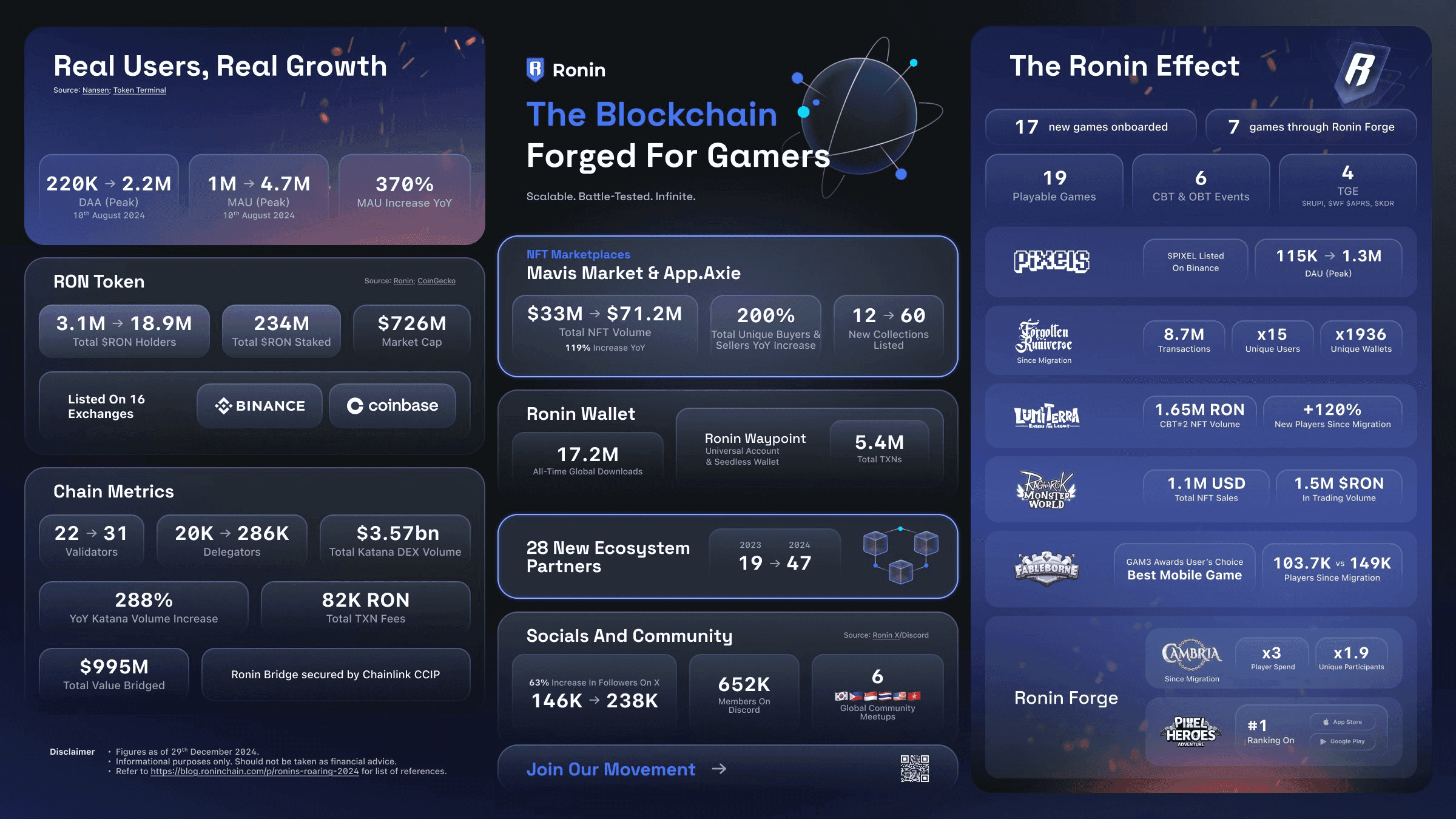
True Ownership of In-Game Assets: Players gain verifiable ownership of NFTs and tokens, secured on chains like Ronin (used by Axie Infinity), enabling free trading and use across supported marketplaces.
-

Enhanced User Experience: Fast, seamless transactions on gaming-focused chains reduce lag and friction, making gameplay and marketplace activity smoother for games like The Sandbox and Gods Unchained.
-
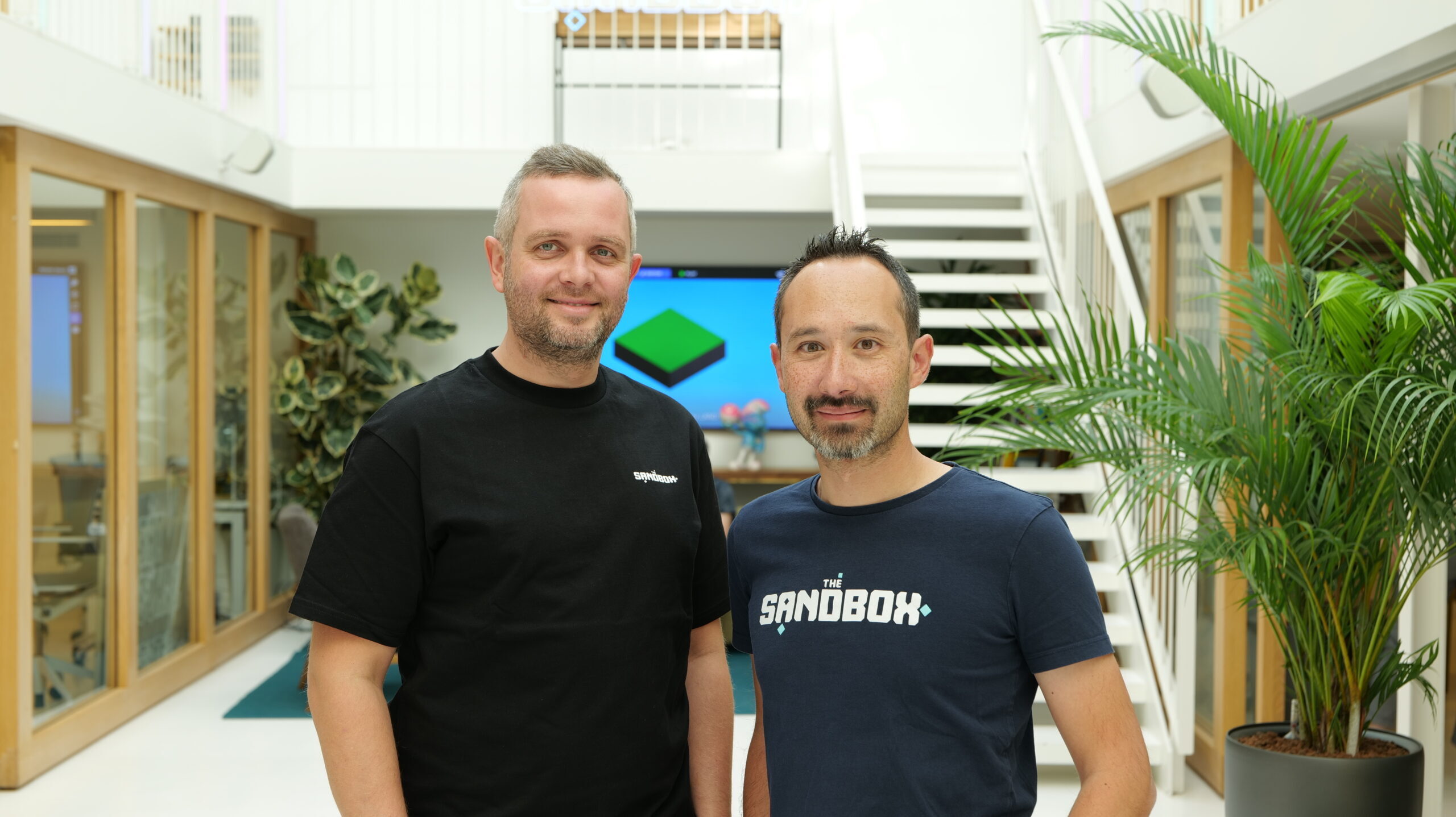
Creator Economy Empowerment: Platforms such as The Sandbox and Gala Games allow users to build, sell, and monetize their own NFT-based content, fueling vibrant secondary markets and new income streams.
-
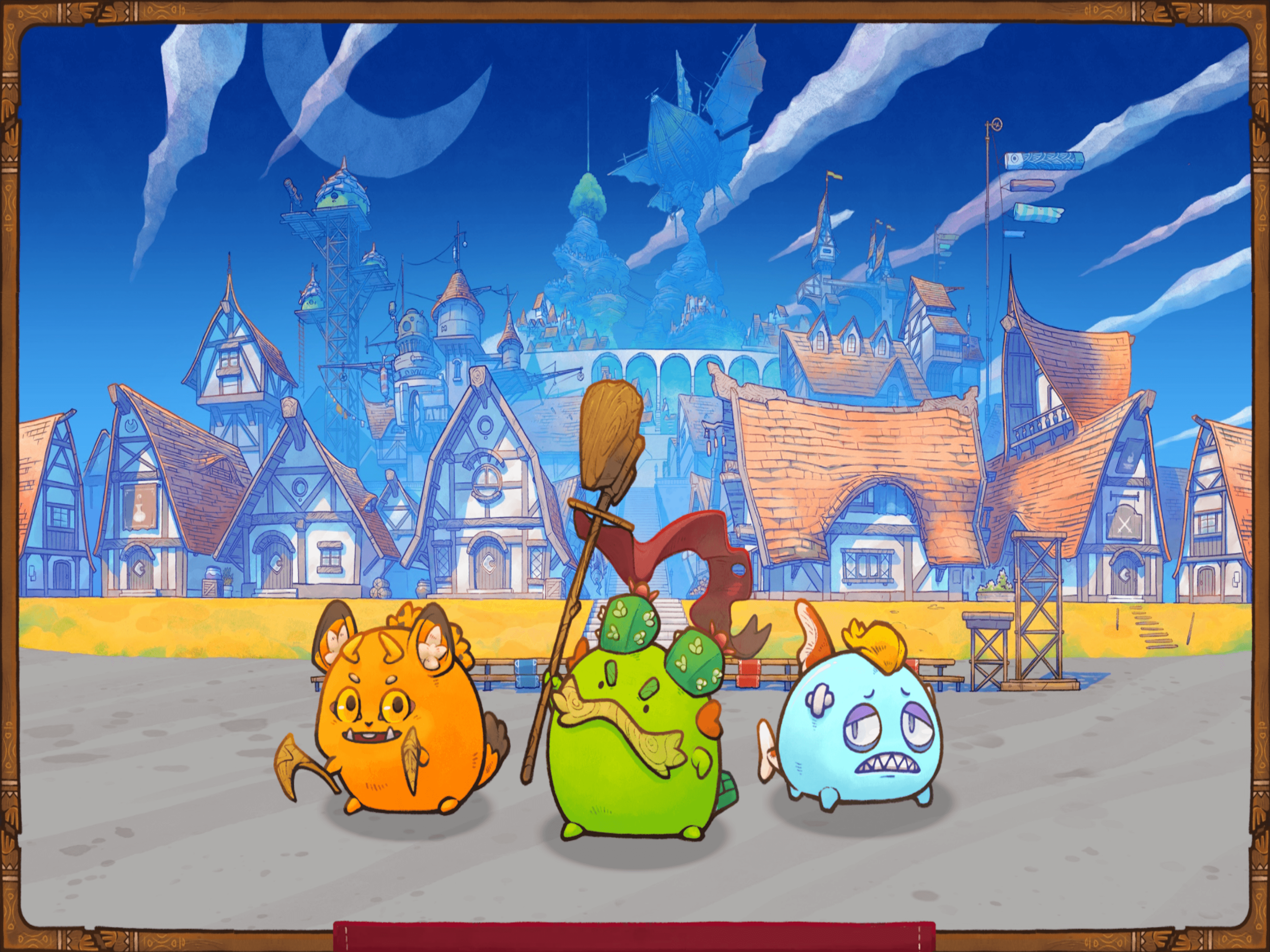
Economic Opportunities in Emerging Markets: Dedicated blockchains support sustainable play-to-earn models, providing new income sources for players in regions like the Philippines and Venezuela, as seen with Axie Infinity on Ronin.
-

Security and Transparency: Purpose-built chains use robust consensus mechanisms and transparent smart contracts, protecting player assets and ensuring fair gameplay for all participants.
-
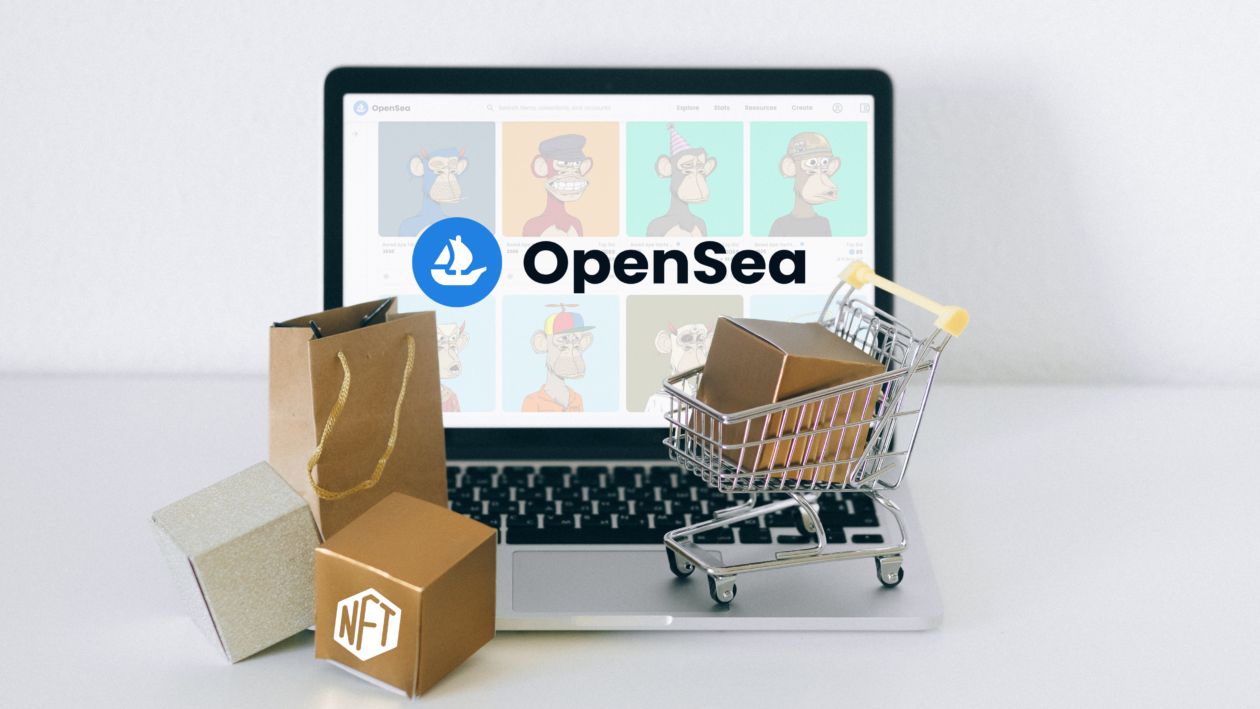
Interoperability and Open Marketplaces: Dedicated gaming blockchains enable NFT assets to be traded across multiple platforms and games, expanding liquidity and utility for items on marketplaces like OpenSea and Magic Eden.
User-Generated Content and Metaverse Expansion
If you’re not already building or trading inside a metaverse, you’re missing out on one of 2024’s hottest NFT gaming trends. Platforms like The Sandbox and Decentraland have matured into full-fledged creator hubs where anyone can design games, host concerts or art shows, and monetize their creativity with NFTs.
Metaverse events exploded in popularity last year, over 500 major happenings from brand activations to live music festivals drove surges in land rentals and secondary market trades (source). This isn’t just fun; it’s fueling vibrant NFT virtual economies where creators and players alike share the upside.
The Social Impact: Economic Empowerment Through Gaming
Perhaps most inspiring is how P2E games are transforming lives in developing regions. In countries like the Philippines and Venezuela, where traditional job opportunities are scarce, players have turned to popular titles like Axie Infinity as genuine sources of income. Gaming guilds now help onboard new players by providing starter assets in exchange for a share of future earnings, creating a powerful cycle of collaboration and economic empowerment (source). The result? A new class of digital labor that’s rewriting what it means to earn a living online.
But let’s be real: the explosive growth of play-to-earn NFT games hasn’t come without turbulence. The speculative nature of NFT markets means price swings can be wild and, at times, brutal. We’ve seen market crashes shake player confidence and wipe out fortunes overnight. If you’re jumping into these virtual economies, it’s crucial to stay informed, manage your risk, and treat in-game assets with the same diligence as any other investment. Remember my motto: ride the trend, respect the risk.
NFT Gaming Trends to Watch in 2024
This year has been a proving ground for what works, and what doesn’t, in NFT virtual economies. Here are some standout trends shaping the landscape:
Top NFT Gaming Trends Shaping 2024
-

User-Generated Content Goes Mainstream: Platforms like The Sandbox empowered creators with tools such as Game Maker, leading to over 10,000 new experiences and 6,400 monthly active creators in early 2023. This surge fueled a thriving secondary market for user-made assets, with transaction volumes reaching 150,000 per month.
-
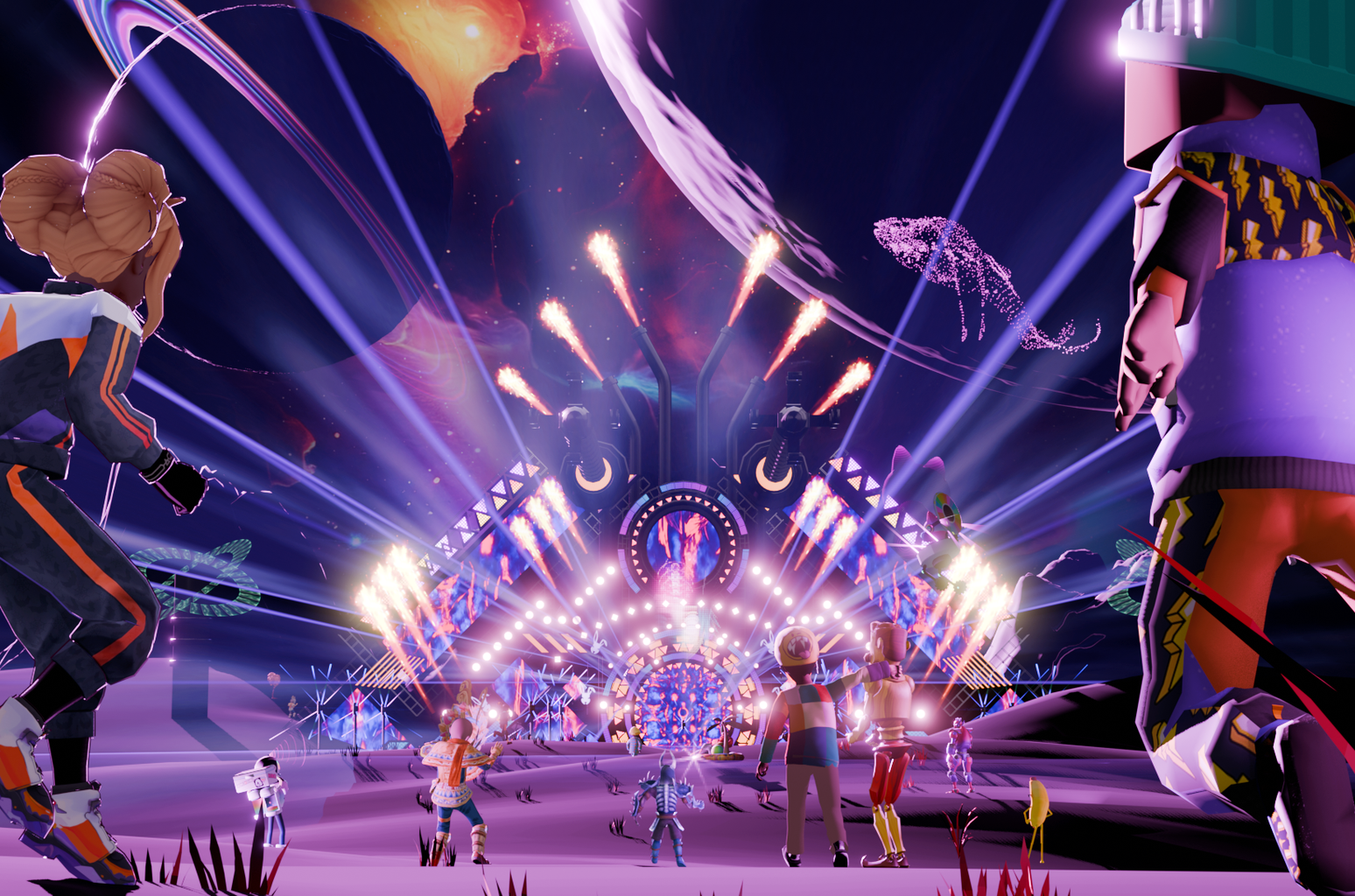
Metaverse Events Drive Engagement: Virtual worlds such as Decentraland and The Sandbox hosted more than 500 events in 2023—including concerts, art shows, and branded activations—sparking demand for NFT land rentals and secondary trades.
-
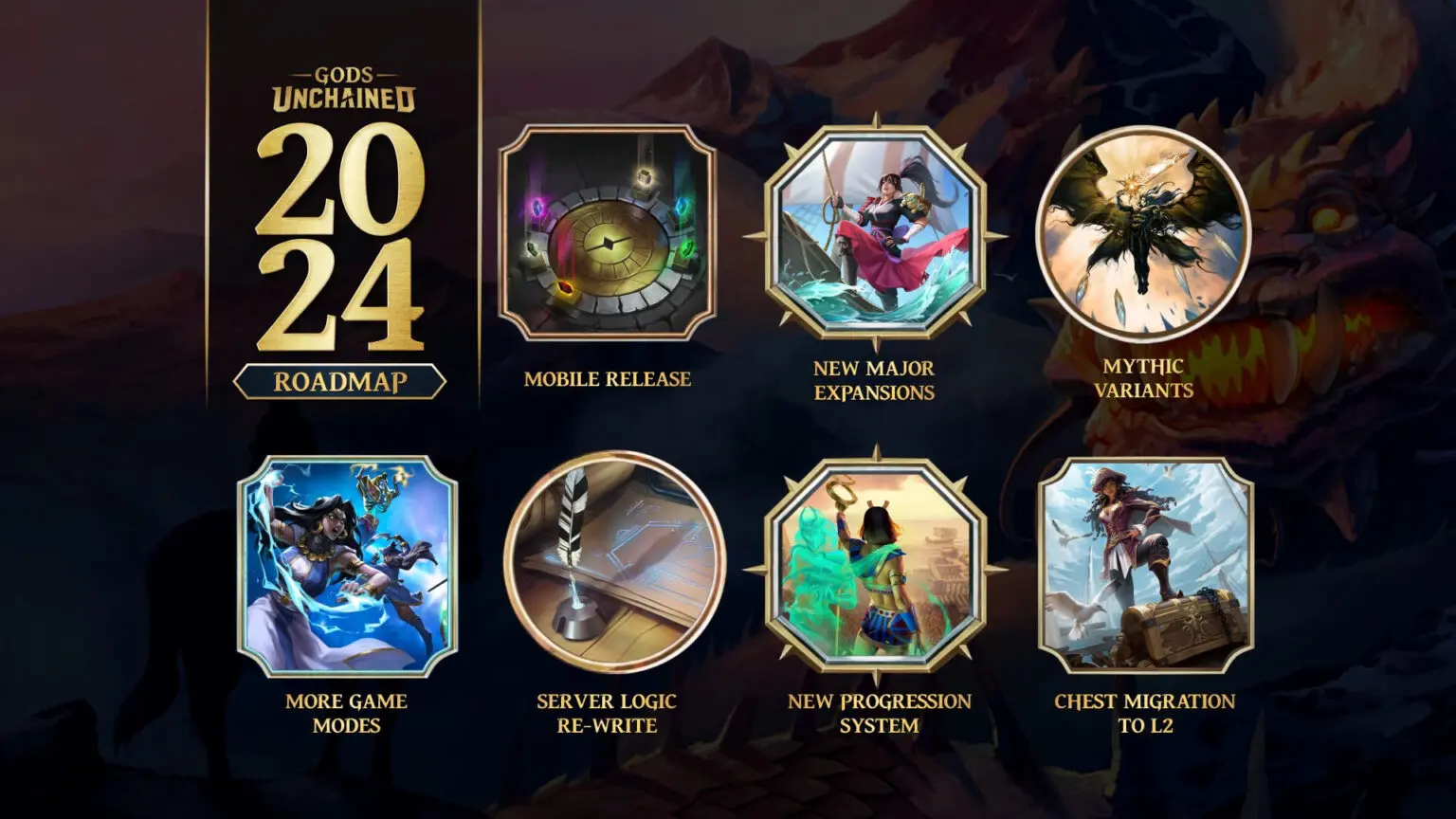
Migration to Dedicated Gaming Blockchains: Popular NFT games moved from Ethereum to specialized networks like Immutable X and Polygon, boosting scalability and user retention. One game saw a 60% increase in unique active wallets after migrating to a layer-specific blockchain.
-
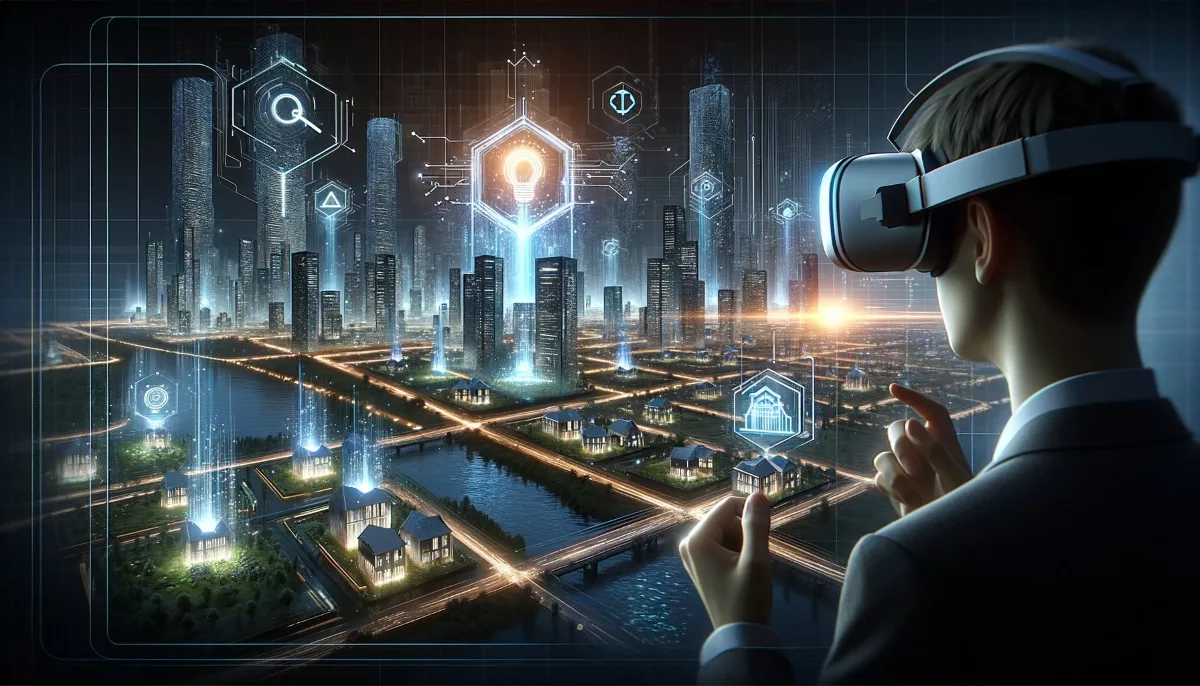
Real-World Economics in Virtual Play: Games like The Sandbox and Axie Infinity allowed players to buy, sell, and rent NFT assets, including virtual land and rare items, blurring the line between gaming and real-world investing.
-
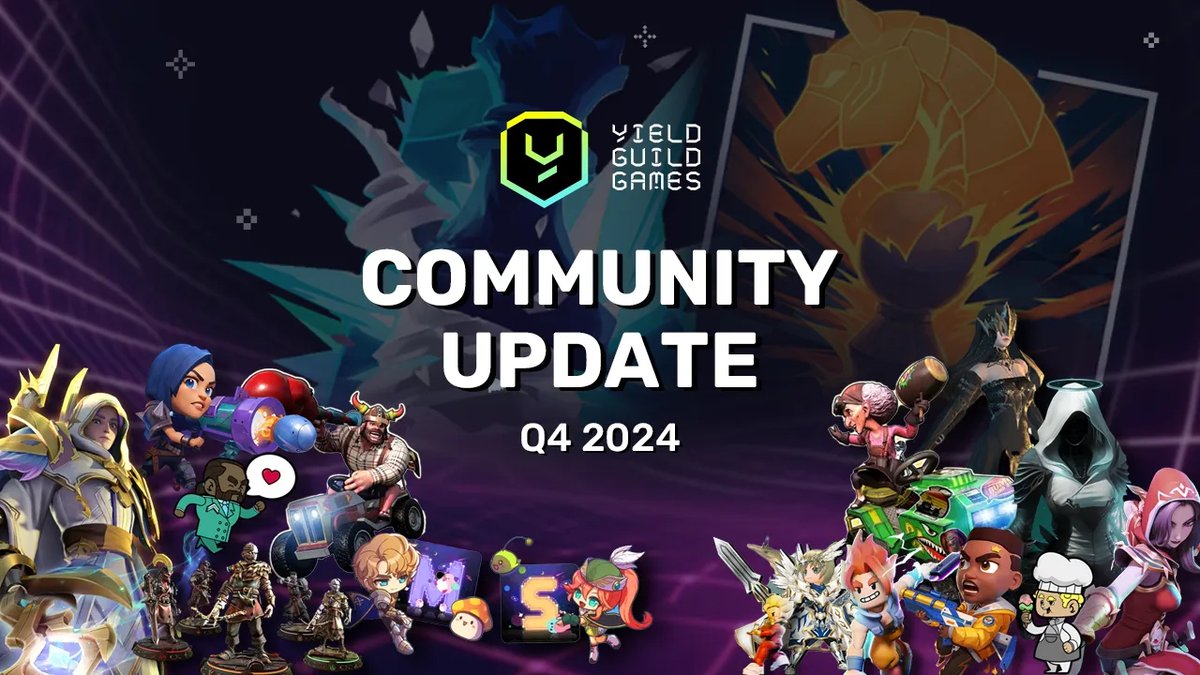
Gaming Guilds Empower Global Communities: In countries like the Philippines and Venezuela, gaming guilds such as Yield Guild Games (YGG) helped players earn income through play-to-earn titles, creating new economic opportunities and fostering collaboration.
-
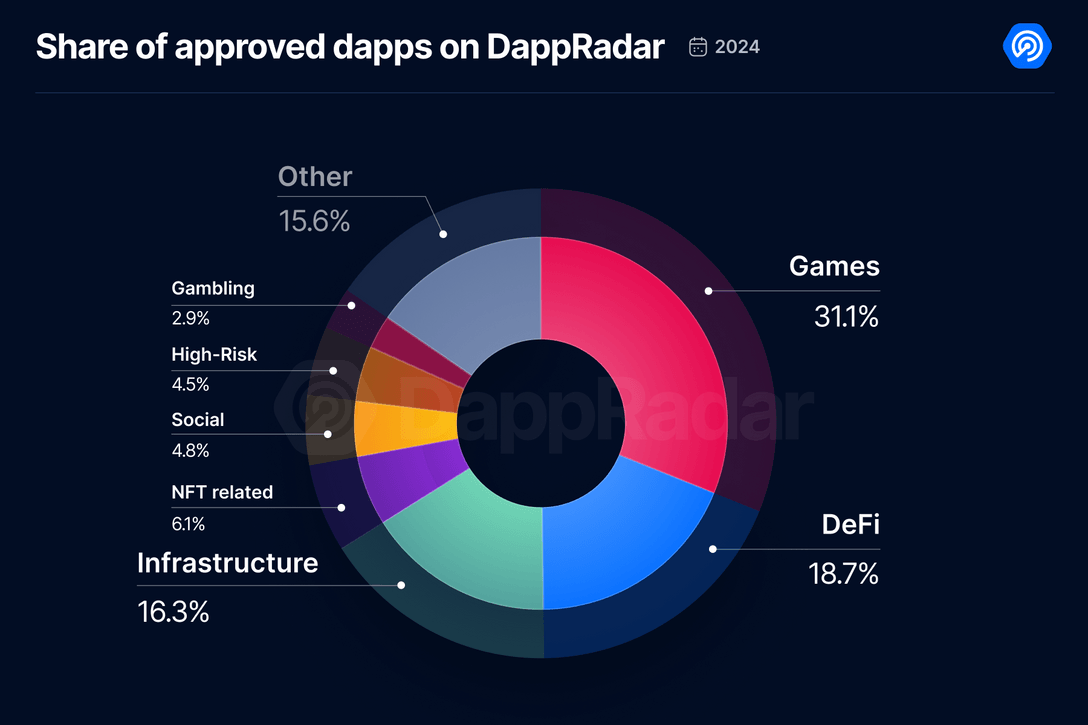
Market Volatility Spurs Caution: The speculative nature of NFT gaming led to price swings and occasional crashes, highlighting the importance of informed participation and risk management for players and investors.
User-generated economies are now mainstream. With platforms like The Sandbox reporting 6,400 monthly active creators and over 10,000 new experiences in just one quarter (source), players aren’t just consuming content, they’re building worlds and businesses inside them.
The rise of virtual real estate investment is another game-changer. Players are flipping land parcels as NFTs or renting them out for steady income streams. In-game auctions for rare items have become high-stakes affairs, with savvy traders tracking market movements as closely as any crypto day trader.
Meanwhile, blockchain scalability upgrades have made onboarding smoother than ever. No more sweating over gas fees or slow confirmations, dedicated gaming chains have made P2E accessible to a global audience hungry for opportunity.
Challenges Ahead: Volatility and Precarity in NFT Economies
The flip side of all this innovation is volatility. Asset values can skyrocket or nosedive based on hype cycles or external crypto market shocks (source). For many players, especially those relying on P2E games for income, this creates real precarity. There’s also an ongoing debate about digital labor: is grinding for rewards empowering or exploitative?
The answer depends on your perspective, and your strategy. As with any emerging economy, education is key. Join communities, follow trusted analysts (shameless plug), and never invest more than you can afford to lose.
What’s Next? The Road Ahead for NFT Virtual Economies
If current momentum holds, we’re heading toward virtual economies that rival traditional ones, not just in size but in complexity and opportunity (source). Expect more sophisticated financial tools within games (think lending protocols or fractionalized ownership), tighter integration with DeFi platforms, and even cross-game asset interoperability powered by universal standards.
The bottom line? NFTs in gaming aren’t a fad, they’re laying the groundwork for a new digital economy where anyone can create, trade, earn, and thrive. Whether you’re here to play hard or profit smartly (or both), there’s never been a better time to dive into this space.

